The Biography is different from the villages in the Central Highlands where I have been in that all the people have changed their last names to Nguyen, Huynh instead of the original Hong, Dieu, Tho… Almost every house here worships Uncle Ho’s picture. And from the difficult war until now, the people’s minds are still steadfast in believing in the policies of the Party and the State.
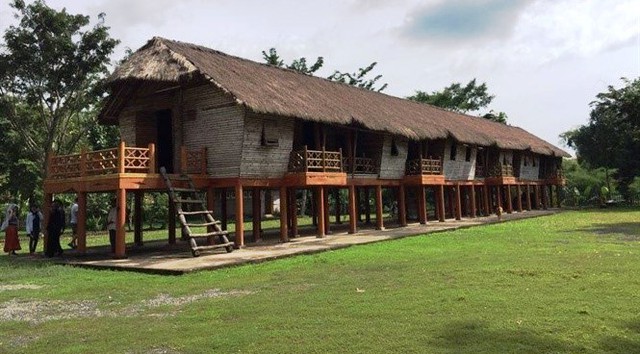
Traditional long house of the Cho Ro people in Ly Lich
Photo provided by the author
On January 12, 1987, I went to Ly Lich for the first time with the 9th Youth Volunteer Corps to witness the G-hour - the Tri An hydropower plant closed its dam. At that time, from Vinh Cuu town to get to this hamlet, you had to follow a small gravel road 40 km long. This was the only road through a part of the D war zone, which the press had spent a lot of ink on the heroic resistance of the Eastern militia through two periods. At that time, this whole lowland area still had many small coal kilns, called rice kilns. This type of kiln was about 1 m high, 1 m underground with a radius of 1 to 1.5 m. At that time, in addition to the rice kilns emitting flickering white smoke, there were hundreds of dilapidated thatched houses surrounded by lush green banana and papaya gardens.
Standing on the slope of the tree looking down at the lakebed that was being exploited, the stream of people was moving back and forth thoughtfully as if they were evacuating from a war. In front of us, hundreds of people were carrying their family’s belongings, pigs, chickens, dogs and cats onto ox carts, buffalo carts and tractors and running away. Many livestock did not want to leave and kept running around, making the children chase them and cry. Many people stood crying because the coal stove was still smoking and had not yet been sold. We tried to follow the stream of people but did not hear any laughter, the men tried their best to lead their wives and children and bring whatever they could.
At the same time, in the sky, low-altitude planes circled 2-3 times a day, along with the roar of the engines, the loudspeakers echoed down, resounding throughout the sky and earth: "Attention, attention! In 10 hours, the Tri An hydroelectric plant will close the dam, the water level will rise from 20 to 30 meters. We request that you leave the reservoir area today to ensure your lives and property. We will not be responsible for those who deliberately stay. Attention, attention, attention...".
To see the water rise with our own eyes, that night we slept on a 3-meter high hut of Ba Tien - a Cho Ro man, after tying 2 banana rafts to the base of the pole. He deliberately stayed there for no other purpose than to wait for the coal to cool down before making it into the furnace, to celebrate every penny he earned. That night was the last night for the people and land in the low-lying area.
At 5am, we woke up to see the water rising and in just one morning, Ba Tien's charcoal kiln and banana garden were submerged in water. Knowing there was no hope for his rice stove, Ba Tien told us to get on the banana raft and row back to the mainland. In the distance, there were over 50 other rafts struggling to paddle.
When we reached the shore, dozens of Cho Ro and Khmer people stood looking at the vast lake with bewildered faces because their belongings were submerged in it, not yet taken away. The vast water surface had erased the bathing spots along the Sa Mach shore, where many squash seasons had existed. For the indigenous people, the bathing spots were both a secular and sacred place because this was where the dusty fatigue of the day was washed away, where they met to tell each other their joys and sorrows, and where many young men and women became husbands and wives from their promises.
Old man Cu Chup, a living witness of the great forest
Ba Tien is the eldest son of the village elder Cho Ro in Ly Lich, so he took us there to stay temporarily. In this Phu Ly area, almost everyone knows the old man named "Cu Chup". The name Nam Cu Chup was given by the late Prime Minister Vo Van Kiet when he visited his compatriots in the D war zone.
From our friendly conversations, I discovered that Mr. Nam was an "ancient tree" that existed in the mountains and forests. Even his stilt house could be considered a brave warrior of the foraging era. He showed me a slingshot that was about 60 years old. Once I put the base of the slingshot on my stomach and tried to pull it but couldn't.
His real name is Nguyen Van Noi (in Cho Ro language, To To), born in 1929 in the D war zone. In 1946, he worked as a liaison for Commander Nguyen Binh and Deputy Commander of Zone 7 Huynh Van Nghe. Born and raised in the middle of the forest, he knew the roads like the back of his hand. He was famous for using rocks and steel wool to make fire, discovering the forest of yams to feed the cadres when they were surrounded and facing famine.
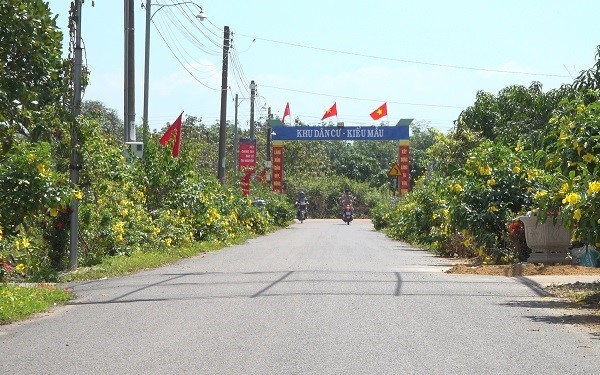
New rural area of Cho Ro people in Ly Lich
Photo provided by the author
Recently, I returned to the hamlet, the road to Ly Lich is now paved with provincial road 761. The whole commune has been covered by the national electricity grid. When I arrived, Mr. Nam, with a white beard, was sitting under the wooden steps, looking into the forest as if remembering his youth. On the wall of his house, dozens of medals and awards were framed in yellowed glass, next to photos of him with the late General Secretary Do Muoi, the late Prime Minister Vo Van Kiet, the late Prime Minister Phan Van Khai, the late General Mai Chi Tho... What is special is that his house has more than 200 artifacts from the war and the time of gathering, like a small museum.
As a man of integrity, from the time he was a liaison for Lieutenant General Nguyen Binh and then on Line 559, his voice was heard by the whole village and the local government. On May 2, 2022, he returned to the land, leaving behind a small museum - "artifacts" bearing the historical mark of a man who followed the Party all his life. His children are now also Party members. In this heroic Eastern land, not every village elder leaves behind the honor of a family for posterity, and is looked upon by the people as a barefoot pioneer like him.

Source link




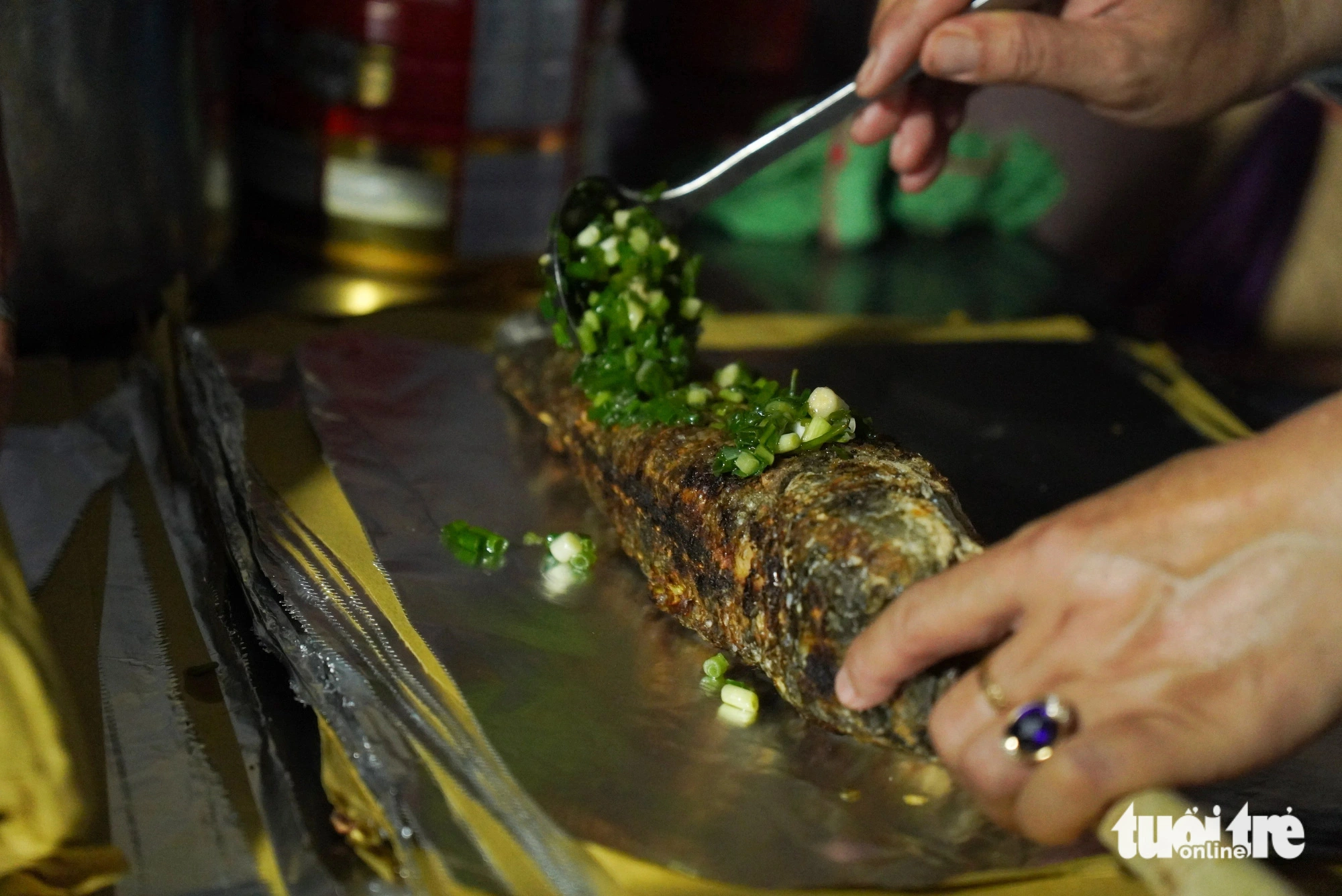
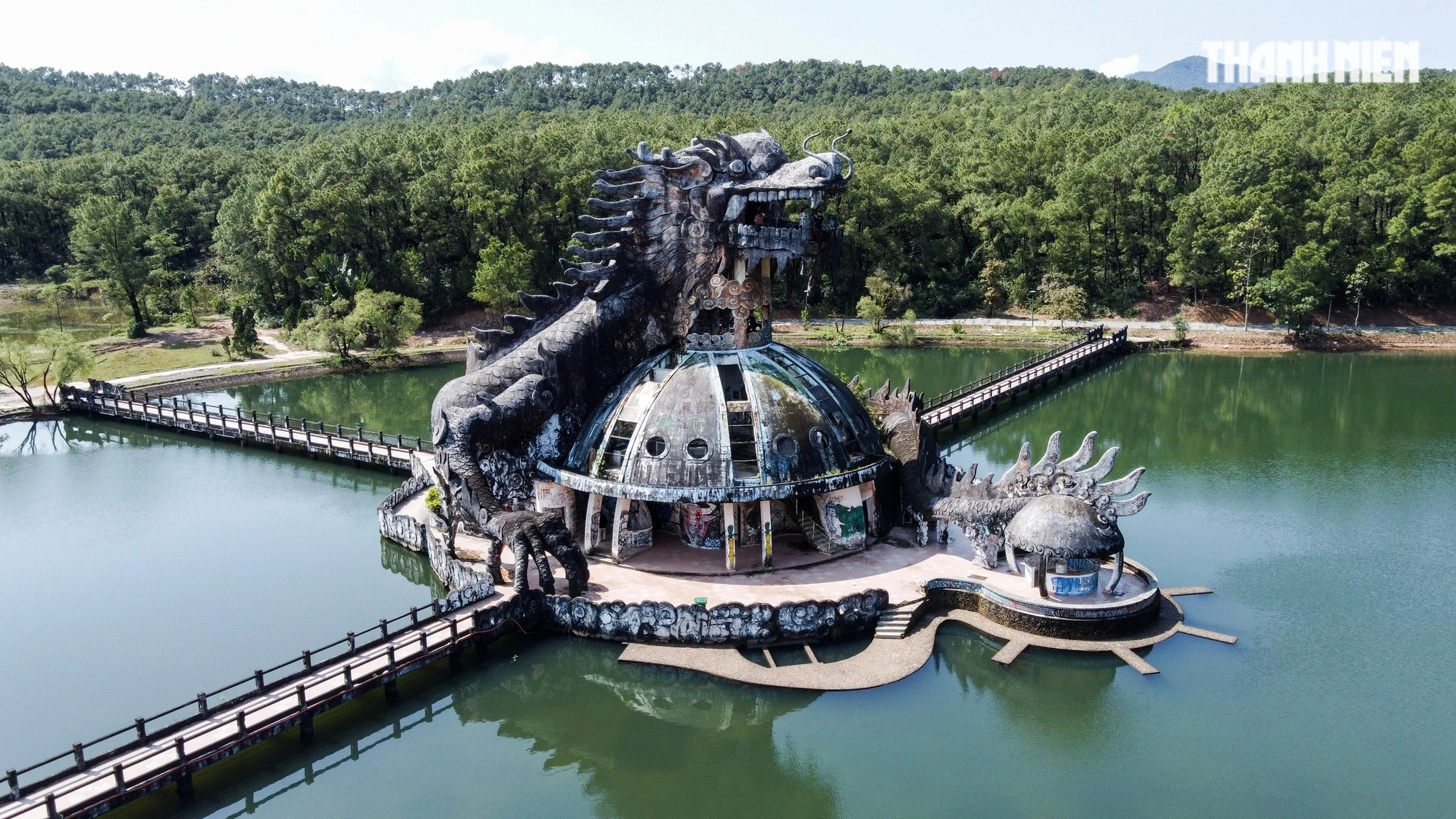
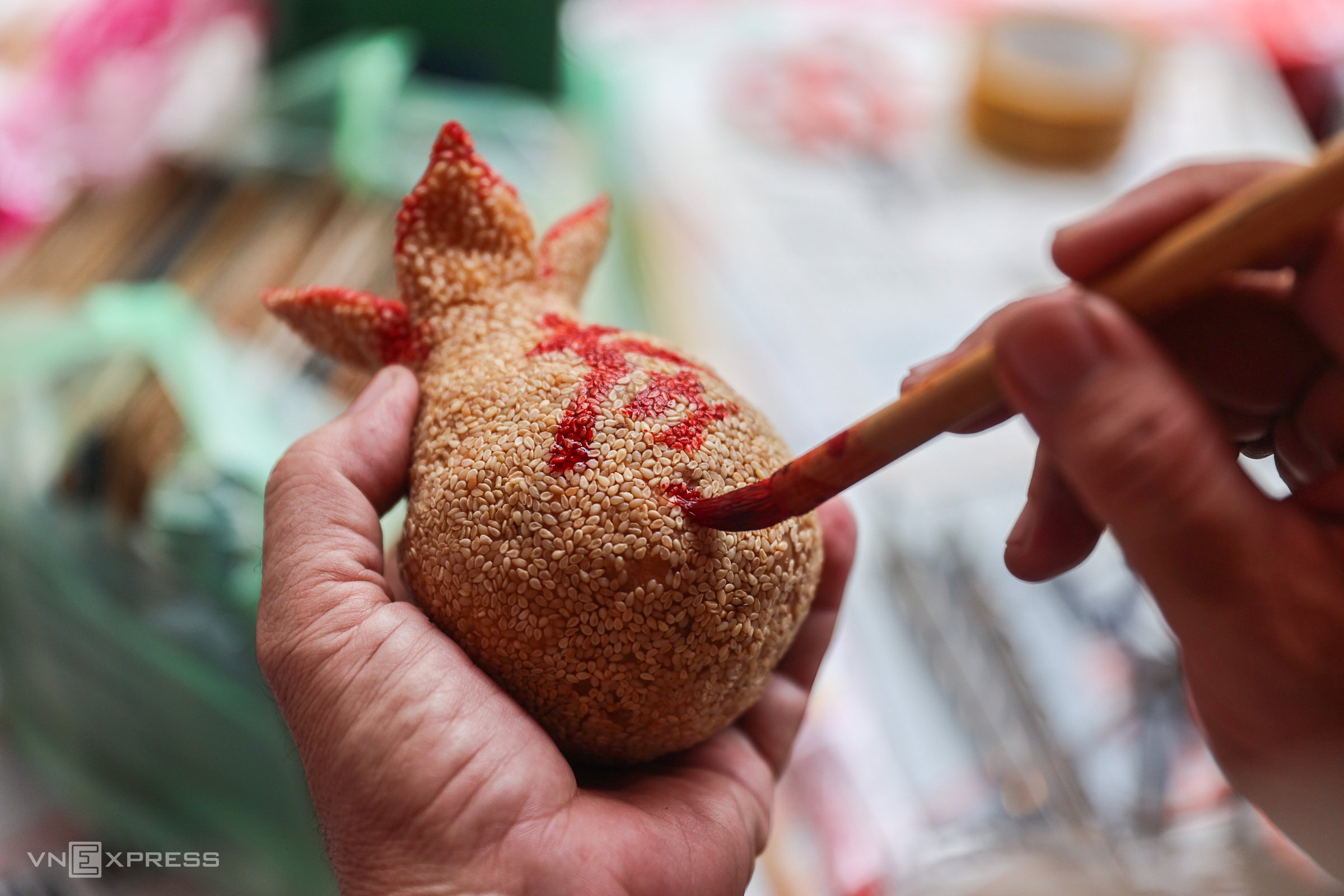





















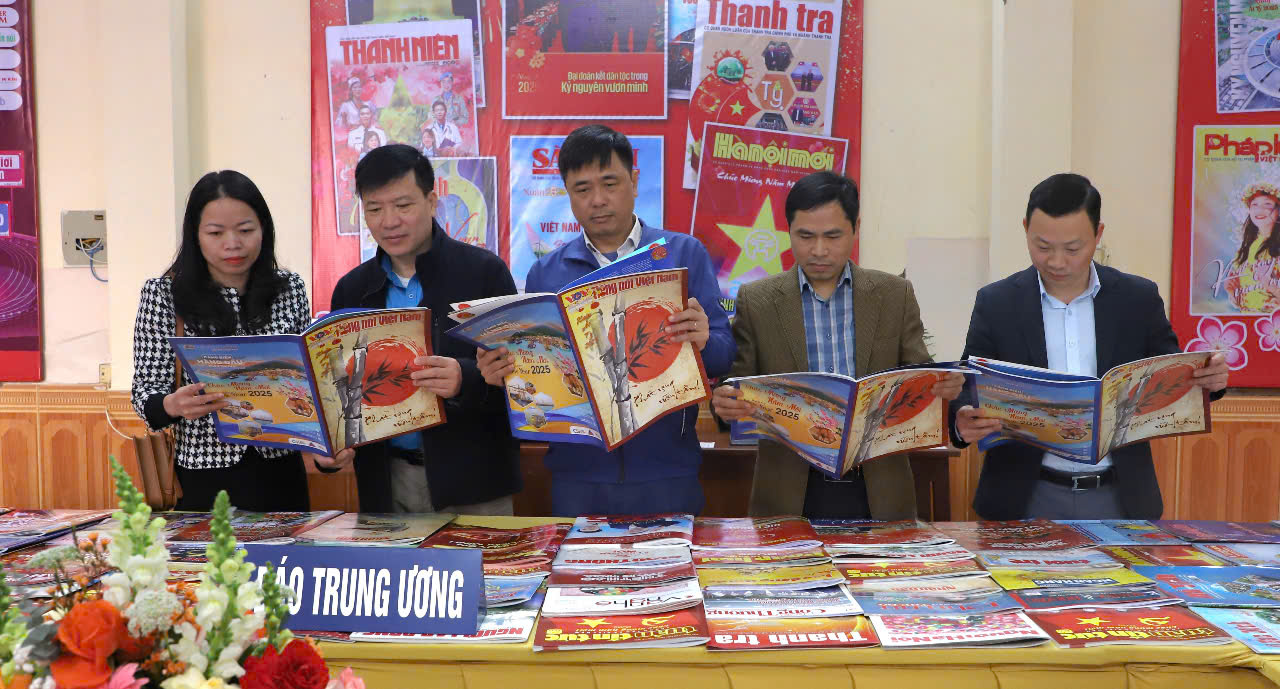






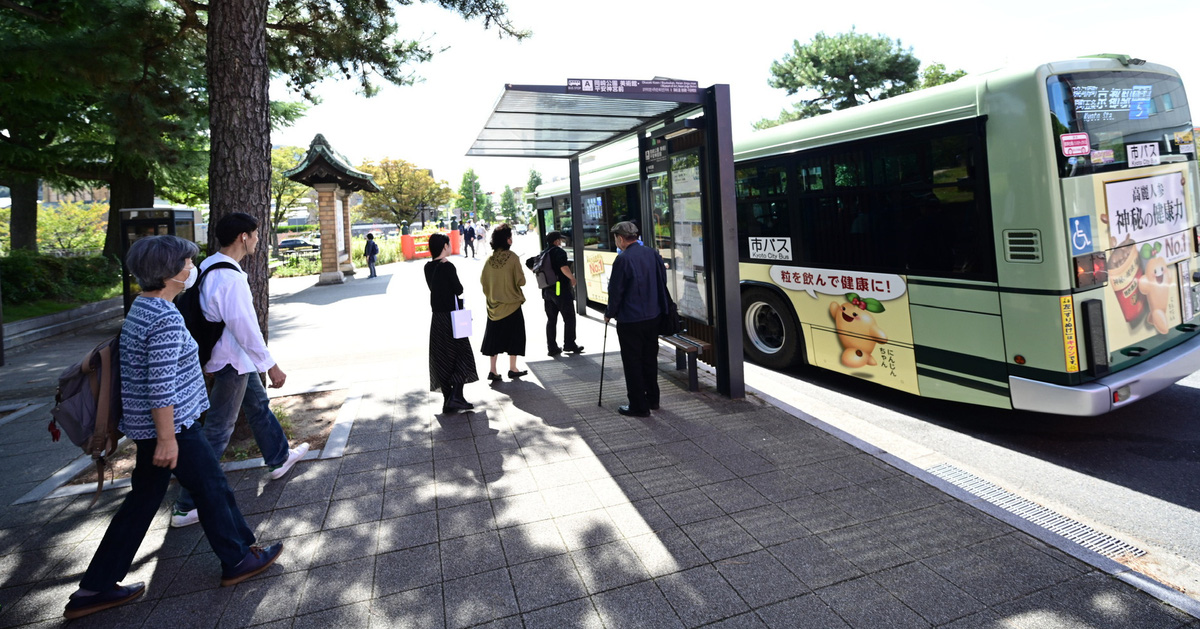









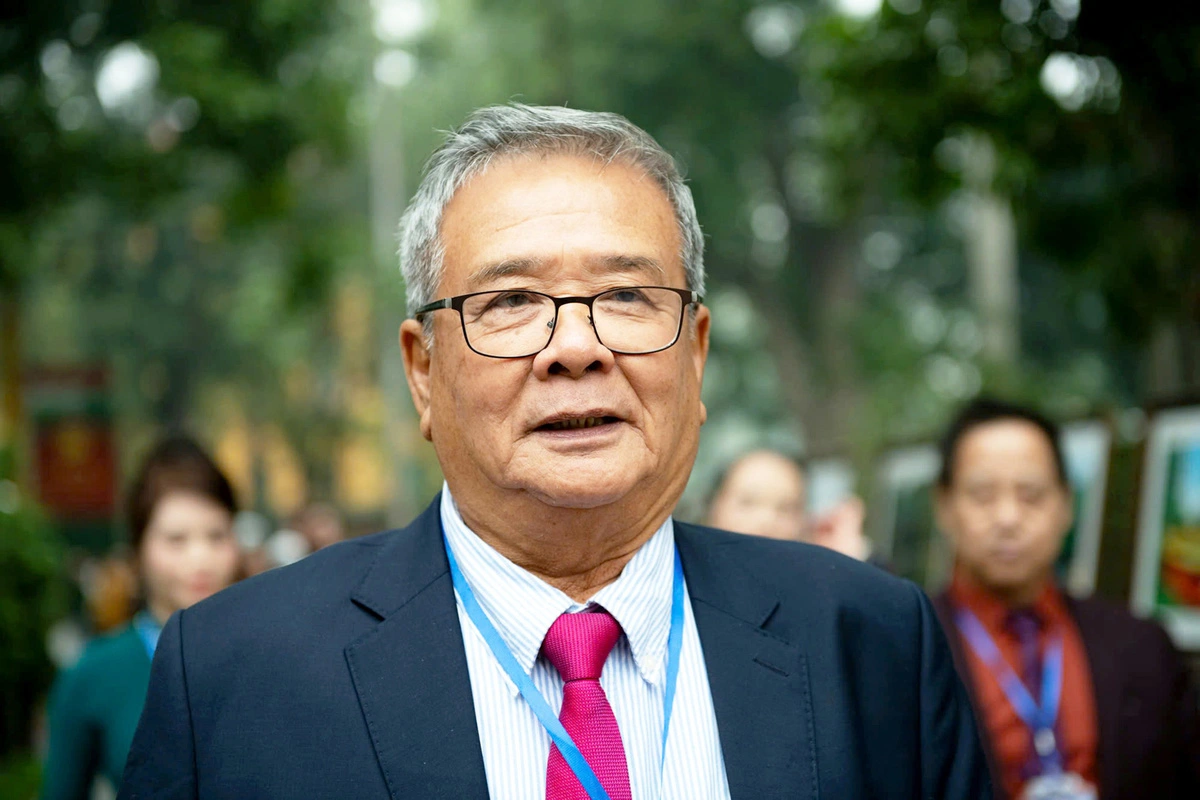





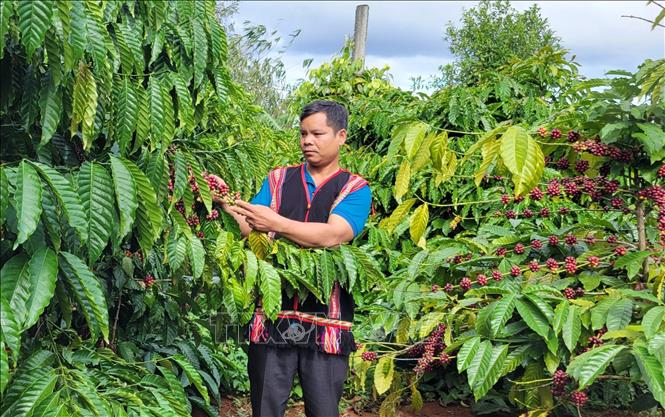





Comment (0)